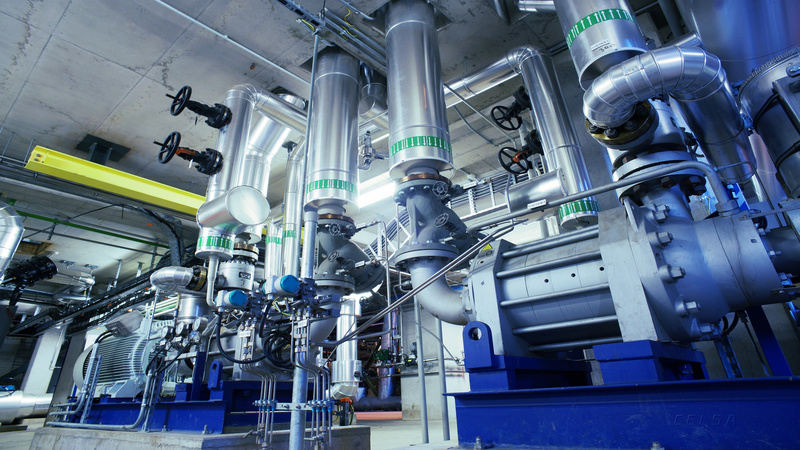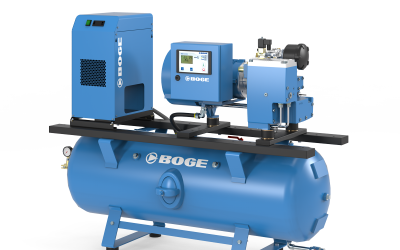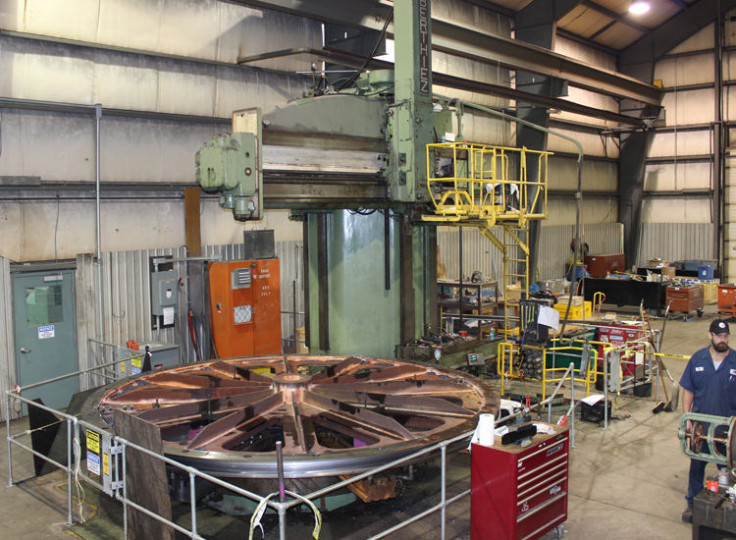Screw threads are not a new invention. This device, that is responsible for such things as screw conveyors, dates back to the Greek scientist and mathematician Archimedes (c. 287 BCE- 212/211 BCE). The stated date of invention is 250 BCE. From then on, wooden screws were the norm. Artisans used their skills to produce them by hand until the 1797 when Henry Maudslay (1771-1831), an English mechanical engineer became the founder of the machine-tool industry by inventing the screw cutting lathe. This made uniformity in screws and future threading operation technology more than a possibility.
Screws and Standardization
Until Maudslay manufacturers produced screws with a distinct lack of uniformity in screw threads. The number of threads varied dramatically from manufacturer to manufacturer making any standard impossible to achieve. However, in spite of Maudslay’s work, the situation remained chaotic until World War I broke out. In that era, the American National (AN) thread form was established. It remained the standard until World War II of all major threads produced in America.
However, around the globe, not all conformed to the AN standard. During World War II and American, British and Canadian allies worked on tank and other military equipment construction, issues of compatibility arose. The screws were not interchangeable. These presented problems that the countries did not overcome until following the cessation of the war.
In 1948, a new standard arose. This, agreed upon by many countries, became known as the Unified thread form. It is in universal usage. It also affects what products emerge from the threading operation of a machine shop.
What Exactly Is Thread Turning?
Thread turning is, at its most basic, the production of threads – male or female. It involves the use of such tools as universal lathes and CNC machining. In order to achieve the right thread design, the operator must select the right profile and tool position. In multi-stage thread production, the operator must apply the tool several times at the identical point of the perimeter of the workpiece.
In thread turning, the machinist will also face certain constraints. They tend to be the ones associated with most production and/or finishing work.
* Time
* Money
* Requested level of precision
* Available equipment
These restrictions may reduce the capability but should not affect the overall quality of work under a skilled machinist.
The Threading Operation
Thread turning is a very demanding form of turning operations. Yet, over the decades, new technology has made the process both easier and less time consuming. In fact, it allows the operator to specify certain aspects allowing him or her to select the type of machining based on whether the thread is to be male or female, external or internal. For a threading operation today, an operator can take advantage of many different thread-machining options to produce an excellent workpiece.


